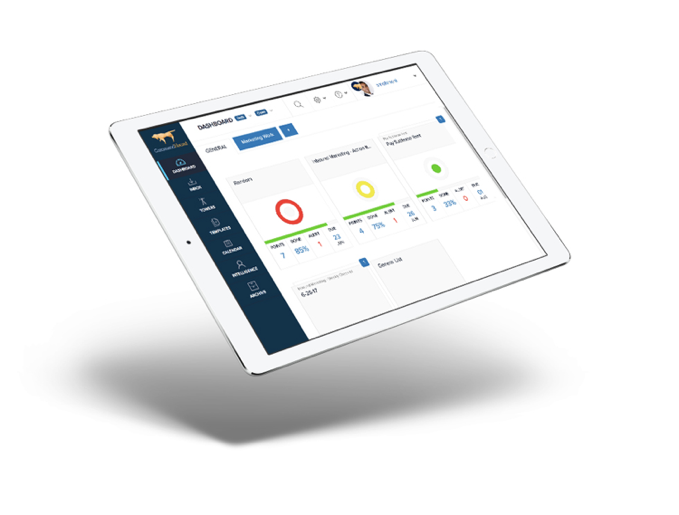The 2-Headed Monster – The Killer of Accountability in the Workplace
We all agree that decision-making is a critical component in any business. Informed and timely decision-making is a goal we all aspire to improve on. So what happens when responsibilities and ultimate accountability are not clearly defined?

Learn to Recognize and Avoid Confusing Accountability in the Workplace
The two-headed monster analogy refers to situations where the responsibility, and hence accountability, for jobs, tasks, and/or milestones is poorly defined. For example, when the ultimate responsibility is assigned to a team, a department, the co-CEOs, a committee, or some other multi-headed monster.
Symptoms
In these multi-headed responsibility scenarios, when things are not progressing according to plan or they fail to be completed on time because one “head” of the monster thought the other “head” was taking care of it, issues like these ensue:
- Things are not getting done
- Things are falling through the cracks
- There is a lot of finger pointing and blame allocation
- More time is spent fixing things
- Customer satisfaction suffers
- Operational costs increase
Assigning only one person to be responsible, and ultimately accountable, for the successful execution and completion of a task, milestone, or project is key. And, it will directly impact business performance.
A Culture of Accountability
Even when whole teams or committees or partners are required to participate in the completion of that one project or milestone, there should only be one person who is ultimately accountable for its success.
A Way Out
CommandHound, a task management platform that was built from the ground up with accountability in mind, takes the avoidance of the multi-headed monster one step further by truly focusing on driving a culture of clear accountability across the board.
Once you define who is responsible for a given task and a due date, CommandHound takes it one step further by escalating things to the next level in the organization when certain conditions are met increasing its urgency level. From “green” to “yellow” or so on from “yellow” to “red” when critical conditions are reached. In this scenario, the ultimately accountability for the completion of the given task stays with the original responsible person even when it has already been escalated.
CommandHound then tracks all of this task completion performance data at the individual level to be able to connect it to performance review and/or incentive programs to close the accountability loop.

Once Accountability is Clear, Quickly See When Exceptions That Require Management’s Attention Occur
In addition, once clear definitions are loaded, CommandHound provides a dashboard that highlights when things are progressing according to plan or when exceptions occur that require management’s attention.
Next Steps
Would you like to learn more about how CommandHound can help you avoid 2-headed and multi-headed monsters in your task and project management endeavors and at the same time drive a culture of accountability in the workplace?
